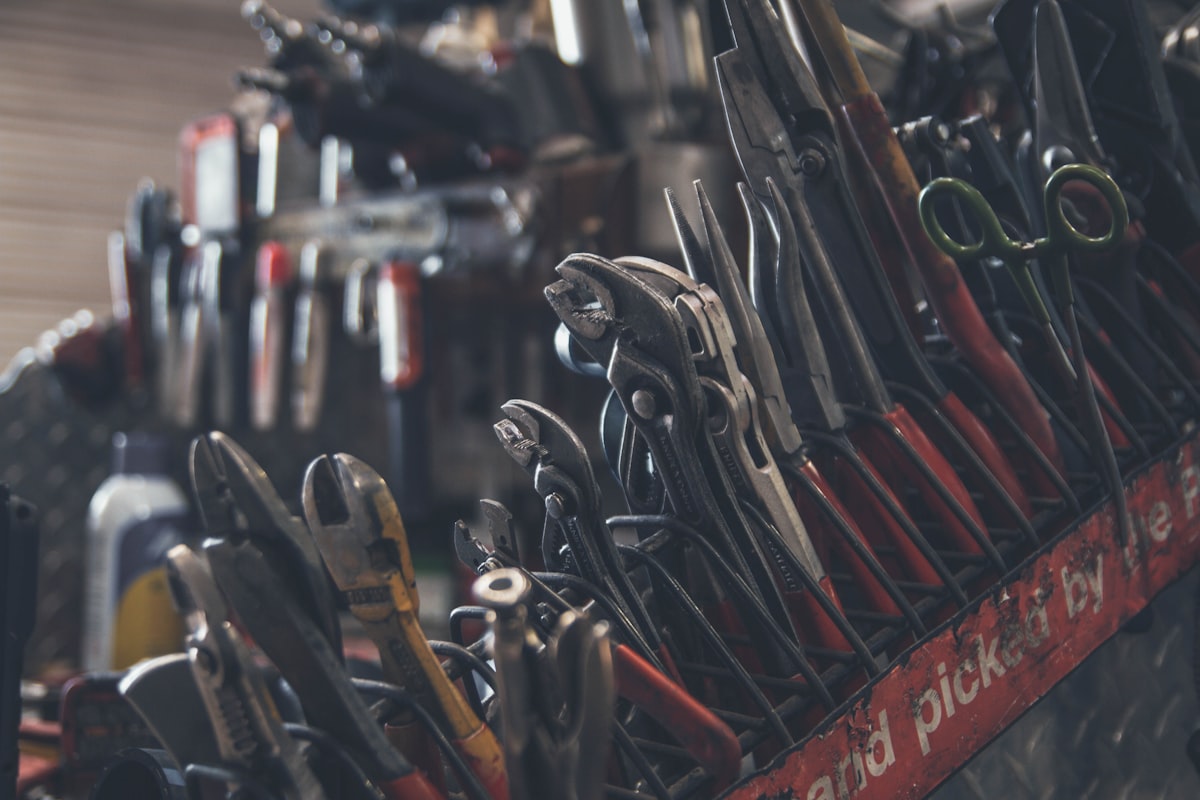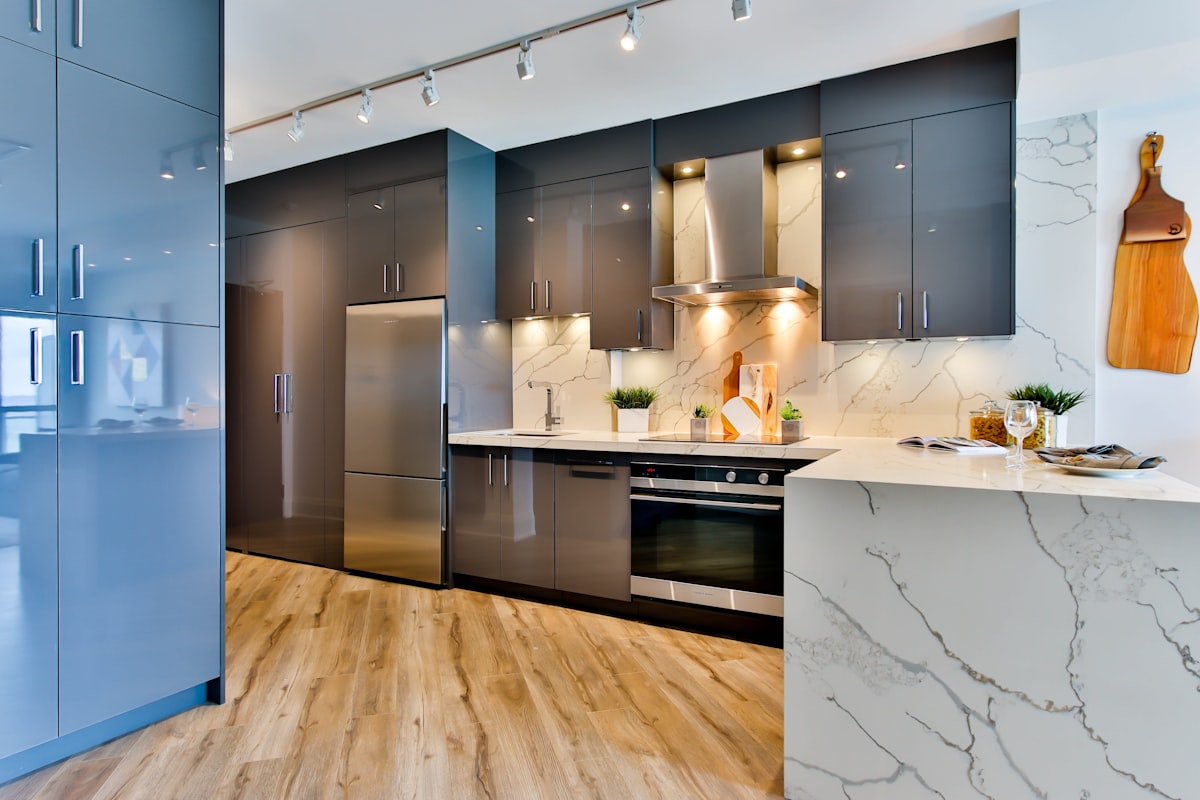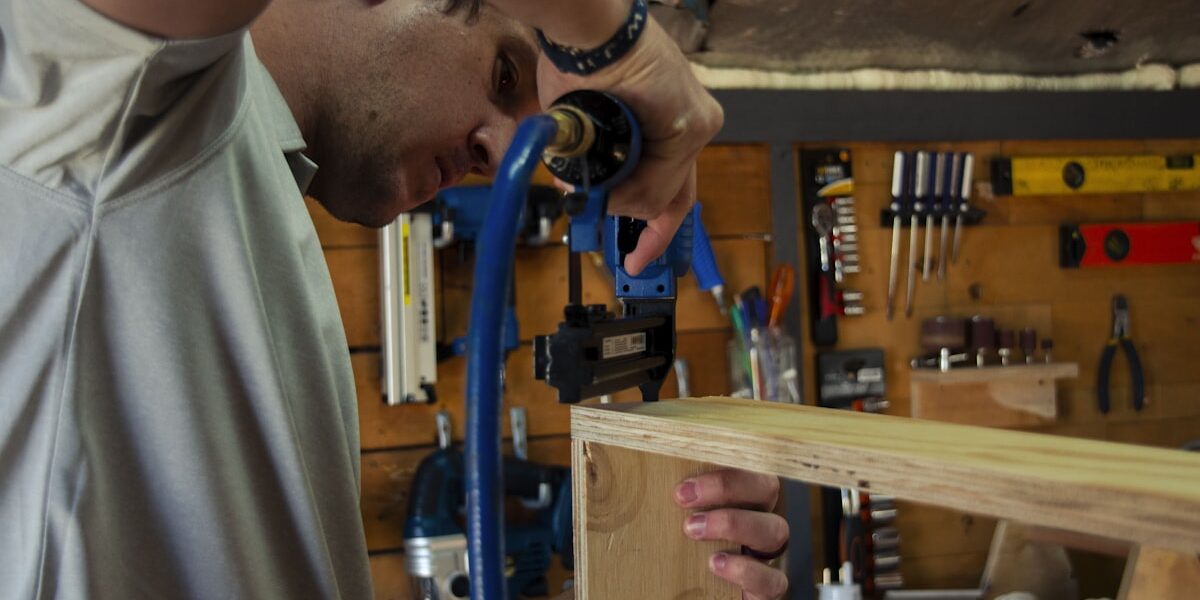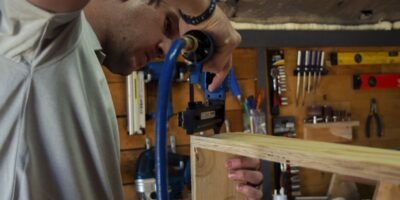Woodshop Layout
Woodshop Layout
An effective woodshop layout can significantly boost your productivity and workflow. The right arrangement of tools and workspaces can help you move more efficiently. Start by defining your key work areas: milling, assembly, and finishing.
Milling Area
Place your milling machines centrally. This area will typically house your table saw, jointer, and thickness planer. Keep them close to each other for seamless transitions between tasks. Ensure there’s adequate space around each machine to handle large materials safely.

Workbenches and Tool Storage
Workbenches should be sturdy and at a comfortable height. If possible, have multiple benches: one for assembly and one for finer tasks like chiseling or sanding. Tool storage should be easily accessible. Pegboards above your workbench can hold frequently used hand tools. For power tools, consider a mobile tool cart that can be moved as needed.
Dust Collection
Dust collection is crucial for both health and cleanliness. Position a dust collector or shop vacuum near the milling area. Use ducts and hoses to connect each machine. Keep the hoses short to maintain optimal suction. Regularly clean filters to ensure maximum efficiency.
Electrical Outlets
Incorporate sufficient electrical outlets throughout the shop. This reduces the need for long extension cords, which can be tripping hazards. Ensure outlets can handle the power needs of your tools. Dedicated circuits for heavy-duty machines like the table saw are advisable.

Lighting
Good lighting can make a huge difference in a woodshop. Use a mix of overhead lighting and task lights. LED lights are energy-efficient and provide great illumination. Position task lights over workbenches and specific machines.
Material Storage
Organize material storage to keep your workspace clutter-free. Vertical storage racks save floor space and keep boards at an accessible height. Separate storage areas for different types of materials like hardwoods, plywood, and scrap will keep everything orderly.
Assembly Area
The assembly area should have ample space for laying out projects. Access to clamps and glue should be straightforward. A spacious assembly table allows you to spread out parts without being cramped. Modular workstations can adapt to different project sizes.
Finishing Area
Seal off the finishing area to keep it dust-free. Consider using plastic sheeting to create a temporary barrier. Good ventilation is essential; a window fan can help with fumes. Use separate storage for finishes and rags to avoid contamination.
Workflow Optimization
Workflow efficiency is key. Arrange tools in a logical sequence to minimize backtracking. Group related tools together, enabling smooth transitions from one task to another. Periodically reassess your layout to make adjustments as your needs change.
Space Utilization
Proper space utilization involves more than just floor planning. Don’t overlook wall space for storage and ceiling space for small lumber. Mobile carts and rolling worktables can provide flexibility and open up floor space when needed.
Safety Considerations
Safety must be a priority in any woodshop. Maintain clear pathways and clean up spills immediately. Install and regularly check fire extinguishers. Keep a first-aid kit handy. Ensure proper ventilation to mitigate dust and fumes. Use push sticks and other safety tools to keep hands away from blades.
Ergonomics
Ergonomics play a significant role in reducing fatigue and injury. Adjust workbench heights to suit your comfort. Use anti-fatigue mats where you stand for long periods. Tools with ergonomic handles can reduce strain on your hands and wrists.
Climate Control
Climate control can affect both your comfort and the materials you work with. Excessive humidity can warp wood, while cold can make the workshop uncomfortable. Insulate the space and consider a small HVAC system to maintain a steady climate.
Tool Maintenance Area
A designated tool maintenance area keeps your workshop efficient. Set aside a small bench or cart for sharpening, lubricating, and repairing tools. Organize maintenance tools and supplies for easy access.
Project Planning and Documentation
Incorporate a small office area for project planning. Use a whiteboard to sketch ideas and track progress. Keep notepads and drawing tools readily available. Storing project plans and manuals can save time during complicated builds.
Multi-purpose Zones
Some areas can serve multiple purposes. An outfeed table for the table saw can double as an assembly table. A router table might also serve as an extra workbench. Flexibility in usage maximizes the functionality of limited space.
Noise Control
Noise control is vital for comfort and health. Soundproofing materials on walls can reduce the echoing of loud tools. Use ear protection like noise-canceling headphones or earplugs.
Energy Efficiency
Consider energy-efficient options when setting up your shop. LED lights consume less power. Efficient dust collectors can reduce energy costs. Insulation helps maintain temperature without excessive heating or cooling.
Layout Flexibility
Flexibility in layout allows your woodshop to evolve with your needs. Mobile machinery can adapt to different projects. Modular shelving and storage units can be moved or reconfigured as necessary.
Community and Knowledge Sharing
Engaging with a community can provide new insights and techniques. Online forums and workshops offer places to share and learn. Visiting other woodshops can inspire new ideas for your own layout.



Subscribe for Updates
Get the latest articles delivered to your inbox.
We respect your privacy. Unsubscribe anytime.